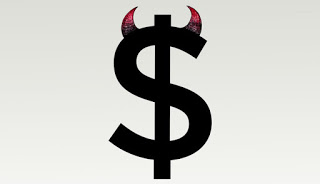
The US dollar is trading heavier after extending its post-FOMC gains that saw the euro and sterling record two-week lows yesterday. The euro extended its recovery that was marked by yesterday’s outside session. Its gains have stalled in front of the 20-day moving average (~$1.1235) and the first retracement objective of its decline since last Thursday.
Sterling has also stabilized, but its recovery is more muted and fragile BOE Broadbent’s comments yesterday raised questions about the average weekly earnings growth, suggesting that it may be linked to a changing composition of new jobs. Initially during the early part of the recovery, low-skilled and low paid jobs were in greater demand. Now the focus is on higher-skilled and higher paid jobs. In addition, the drop in tax receipts last month and weak export orders (via CBI) warn of a further loss in economic momentum. Ideas that the BOE could hike rates this year have been dashed, and several houses have pushed the BOE’s lift-off into Q2 and Q3 next year. Sterling needs to rise back above the $1.5300-20 area to take-off the downside pressure, which still exists despite the modicum of stability.
Japanese markets re-opened after the three-day holiday. The Nikkei played catch-up, dropping 2.75%. Japan’s flash manufacturing PMI fell to 50.9 from 51.7. This was a bit worse than expected, and of note there was a sharp drop in export orders that were linked to China. The dollar is trading inside yesterday’s range against the yen as the coiling price action continues. The JPY119.60 area offers support while the JPY120.20-JPY120.40 area marks immediate resistance.
The Norwegian krone is the weakest of the major currencies, losing 2% against the US dollar in response to the 25 bp rate cut. While we had played up the risks, the consensus was opposed. The market was also unprepared for the dovishness of the Norges Bank, which, in effect, adopted an easing bias. In an unusual turn of events, the Swedish krona is the strongest of the majors, gaining about 0.4% against the dollar, helped by cross rate demand.










Leave A Comment